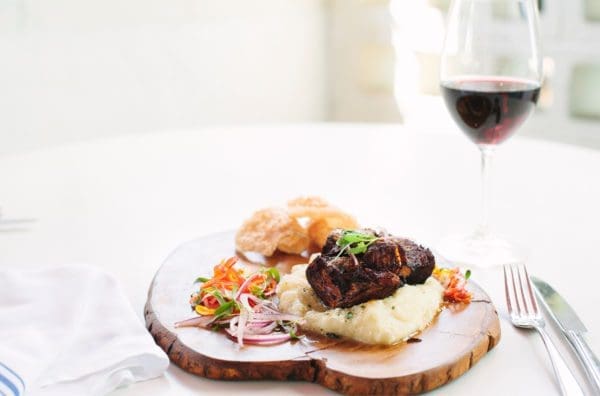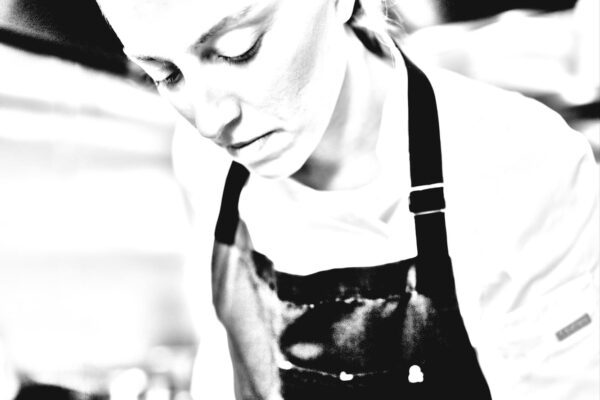South by Ceviche

Flavors of South America are making their way to East Austin.
Words by Jessica Devenyns Photos by Ashley Haguewood
In Peru, they eat ceviche year-round. It’s like Austinites and tacos, something that is good any time and all the time.
Unfortunately, “it’s really hard to find people who know ceviche,” says Yuyo’s head chef, Maribel Rivero. Although there are plenty of dishes that Peruvians would claim are integral to the DNA of the country’s gastronomy, the seafood-driven ceviche might be its signature.
Peruvian ceviche has an unlikely history. While most coastal towns throughout South America were inclined to utilize their natural maritime resources, many chose to marinate their fish thoroughly to both focus on the infusion of flavors, as well as preserve the seafood. In Peru, however, fish was simply submerged in a marinade five minutes before it was served to allow tongues to appreciate the clear flavors of nature’s bounty.
Does this approach sound familiar?
It’s kind of like sushi,” explains Rivero. “This is all influenced from the Japanese immigrants to Peru at the turn of the 19th century.” In fact, Rivero claims that the “made to order” approach makes ceviche better.
Peruvian cuisine is a re-education in ingredients where limes are meticulously selected for their clarity and balanced acidity, fish is nothing if not fresh, and thousands of races of corn are sifted through until the kernel with the right ‘toothiness’ is matched to a dish.
This renaissance, however, is a contemporary occurrence. Following the settling dust of the Peruvian Civil War in the 1980s and 1990s, chefs began returning to the country to replant the roots that had been ripped up both by displacement and the culinary community’s unwavering focus on French haute cuisine. “A few of them came back and were like, well what about our cuisine?” explains Rivero.
This musing soon became a mantra that propelled Peruvian food onto the world’s table and grabbed the attention of a half Bolivian, half Mexican-American graduate of the Culinary Institute of America in San Antonio.
“My goal was first to do a year of travel and reconnect with the chefs,” Rivero remembers. She intended to go to Bolivia, Peru, and Brazil, but admits, “I never made it to Brazil” after attending the Culinary Institute of America Latin Cuisine Program in San Antonio.
Instead, she stayed in Lima to watch the culinary scene explode around her. After a few years, her brother and the owner of the El Chile restaurant group persuaded her to move back stateside and introduce Austin to the reawakened Peruvian cuisine.
Unexpectedly, Rivero recalls being nervous. Nevertheless, she persevered in introducing unique flavors to Austin audiences, and the result is a whitewashed patio dotted with the clean scent of fried chifles – or green plantains – and their aji amarillo accompaniment. Starchy choclo precedes the nearly effervescent lime broth that cradles sashimi-thin slices of drum fish that drift onto the patio. The paella, too, has an inescapably South American tinge with its haphazard array of colors accentuated by the Peruvian pottery in which it rests. A pisco sour is placed strategically within reach to help cleanse the palate between dishes.
However, Rivero warns, “Two is your max; don’t drink more than two.” Because naturally, there needs to be room for wine; the proud chef ensures that each dish is highlighted by its optimal pairing. “The pride the Peruvians have for their food is unparalleled except by the French,” Rivero quips. “It’s really been about sharing the food and the products and the warmth of the people.”
Did you know?
Pisco Sours, the cocktail often associated with Peru, was the invention of an enterprising American during the Gold Rush who substituted the whisky in a Manhattan Sour for Peru’s grape-based pisco.
Contact:
512.919.4147
1900 Manor Road
yuyoaustin.com
@yuyoaustin









